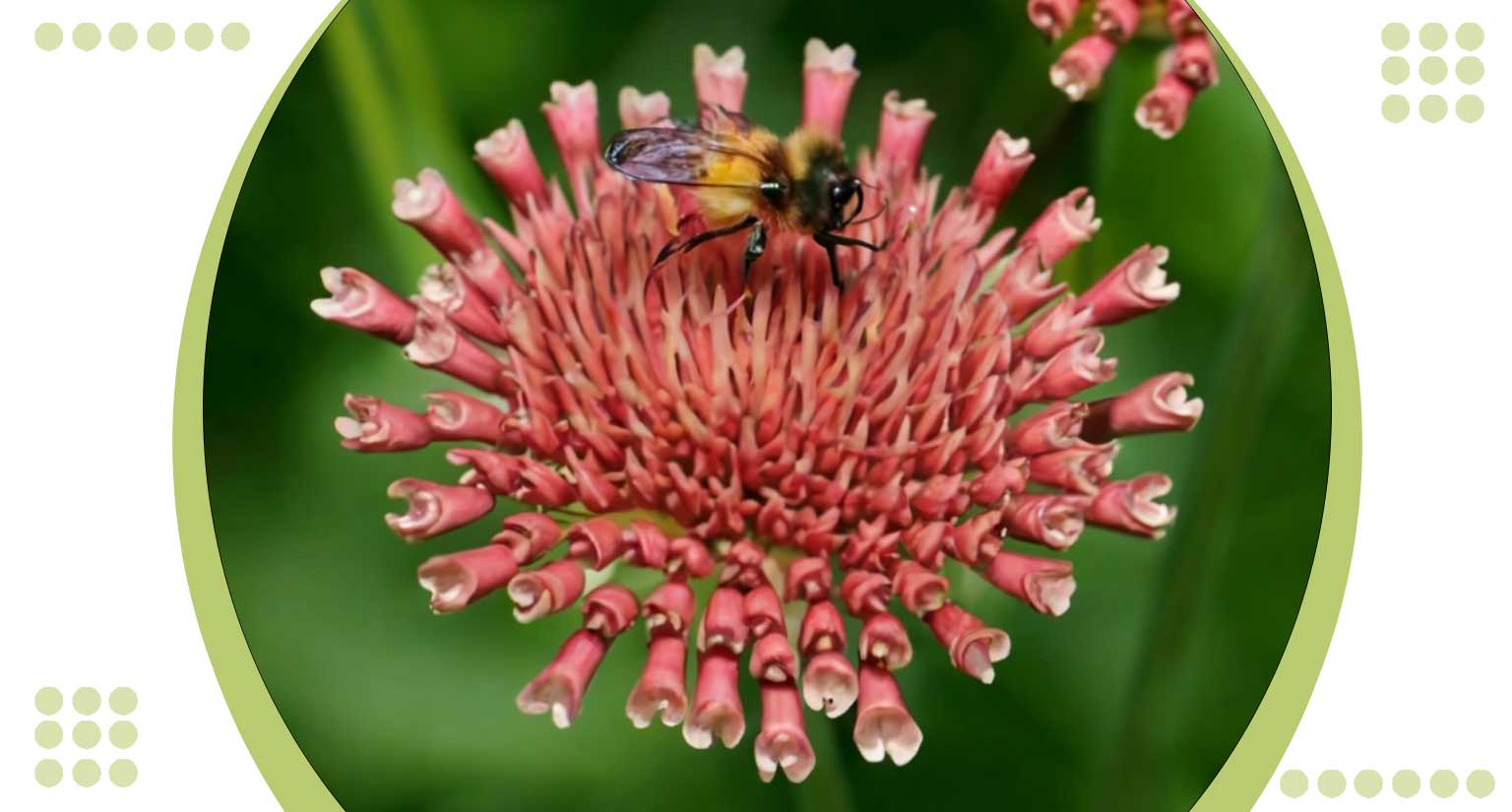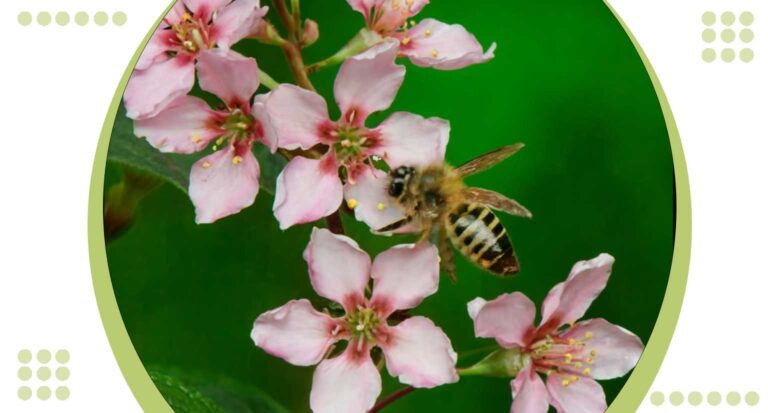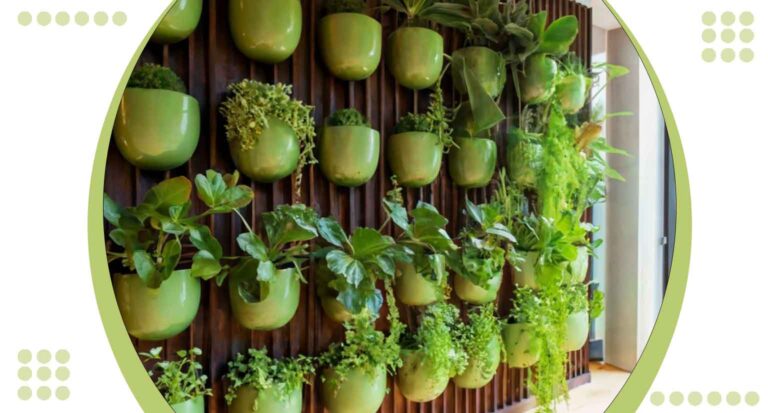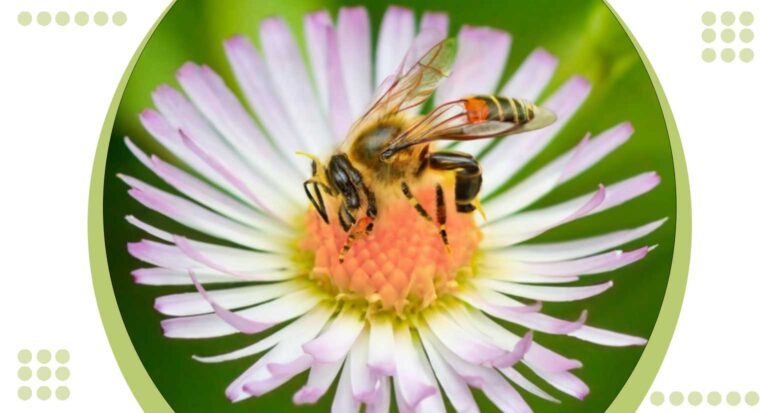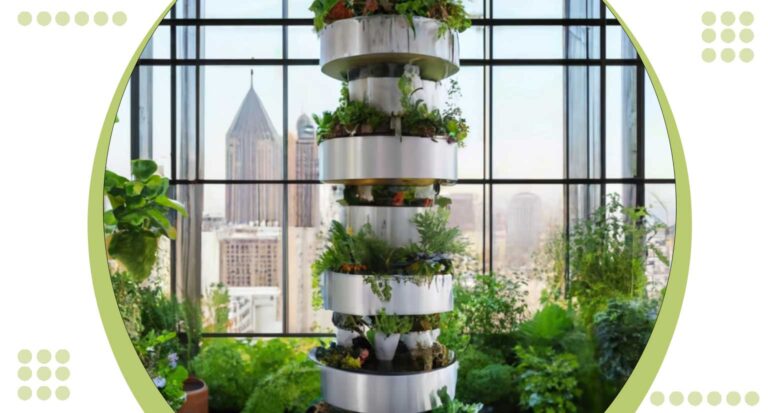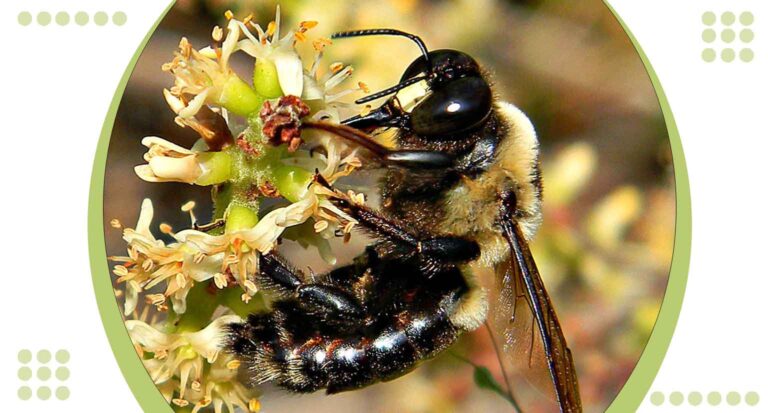Is Celosia a Pollinator Plant: 5 Reasons Celosia Attracts Pollinators
Is celosia a pollinator plant, an exquisite flowering marvel, has captivated garden enthusiasts with its vibrant hues and unique textures. Unravel the fascinating world of Celosia and its role as a potential pollinator magnet, shedding light on the ecological significance it might bring to your garden.
As the intricate relationship between Celosia and pollination, understanding how this enchanting plant contributes to the flourishing biodiversity of your outdoor haven.
Celosia, known for its vibrant and unique blooms, raises questions among gardening enthusiasts about its role as a pollinator plant. While celosia primarily attracts pollinators such as bees and butterflies with its brightly colored flowers and abundant nectar, its effectiveness in supporting pollination can vary depending on the species and cultivar.
Understanding whether celosia acts as a pollinator plant involves examining its flower structure and the behaviors of visiting pollinators.
The distinctive plumed or crested flowers of celosia are designed to catch the eye of pollinators seeking nectar and pollen. These blooms, which come in a range of colors from fiery reds to brilliant yellows, not only add aesthetic appeal to gardens but also serve as valuable food sources for beneficial insects.
Observing the interactions between celosia flowers and pollinators provides insights into their role in supporting local ecosystems and enhancing biodiversity.
Gardeners interested in promoting pollination in their landscapes often include celosia alongside other pollinator friendly plants. By attracting a diverse array of pollinators, celosia contributes to the health and reproduction of surrounding plants, making it a beneficial addition to pollinator gardens and habitats. Understanding the dynamics of celosia as a pollinator plant empowers gardeners to make informed choices about plant selection and conservation efforts aimed at supporting essential pollinating species.
Celosia’s Role
Understanding the dynamics of your garden ecosystem is crucial, and one burning question that often arises is, “Is Celosia a pollinator?” the intricate world of Celosia to uncover whether this stunning flowering plant plays a role in attracting and supporting pollinators.
Celosia’s Relationship with Pollination
Celosia’s vibrant blooms and unique characteristics might hint at its potential as a pollinator attractant. The plant’s structure and traits to unveil whether it actively participates in the essential process of pollination.
Significance of Pollinators
These unsung heroes contribute to the flourishing biodiversity, ensuring the health and productivity of your outdoor sanctuary. How Celosia might contribute to this delicate dance between flora and fauna.
Benefits of Celosia
Beyond its aesthetic allure, Celosia brings a myriad of benefits to your garden, making it a cherished addition for green thumbs and nature enthusiasts alike. The remarkable advantages that this captivating flowering plant offers:
Striking Ornamental Appeal
Celosia boasts a kaleidoscope of colors and distinctive shapes, enhancing the visual appeal of any garden. Its vibrant blooms, available in various hues, add a touch of elegance and charm, turning your outdoor space into a botanical masterpiece.
Drought Tolerance and Low Maintenance
Thriving in diverse climates, Celosia is renowned for its resilience and ability to endure periods of drought. This makes it an ideal choice for low maintenance gardening, providing beauty without demanding excessive attention or water resources.
Versatility in Garden Design
Whether you’re creating a formal garden, a whimsical paradise, or a contemporary landscape, Celosia adapts effortlessly. Its versatile nature allows you to incorporate it into various garden designs, providing endless possibilities for creative expression.
Long Lasting Blooms
Celosia’s blooms aren’t just visually stunning; they also have impressive longevity. Enjoy an extended flowering season, ensuring your garden remains vibrant and picturesque for an extended period.
Potential Pollinator Magnet
Celosia may play a role in attracting pollinators. By fostering a pollinator friendly environment, you contribute to the overall health and biodiversity of your garden ecosystem.
Best Fertilizer for Celosia
Providing the right nutrients is paramount for cultivating thriving celosia plants that dazzle with vibrant blooms and lush foliage. Selecting the best fertilizer ensures that your celosia receives the essential elements needed for robust growth and stunning ornamental appeal.
Understanding Celosia’s Nutrient Needs
Celosia, like any plant, has specific nutrient requirements to flourish. A balanced fertilizer with equal parts of nitrogen (N), phosphorus (P), and potassium (K) is ideal. These elements play crucial roles in supporting overall plant health, root development, and the production of colorful blooms.
Choosing a Well Balanced Granular Fertilizer
For celosia, a granular fertilizer with an N-P-K ratio of 10-10-10 or 14-14-14 is often recommended. This balanced composition ensures that the plant receives a consistent supply of nutrients for sustained growth. Apply the granular fertilizer to the soil before planting or as a top dressing during the growing season.
Incorporating Organic Options
If you prefer an organic approach, compost and well rotted manure can serve as excellent alternatives. These organic fertilizers enrich the soil, promoting a healthy microbial environment and providing a gradual release of nutrients to your celosia plants.
Feeding Frequency Matters
To achieve optimal results, feed your celosia plants every 4-6 weeks during the growing season. Be mindful not to over fertilize, as this can lead to excessive foliage growth at the expense of flower production.
By choosing the right fertilizer and following a balanced feeding schedule, you’ll empower your celosia to thrive, gracing your garden with a spectacular display of color and vitality.
5 Reasons Celosia Attracts Pollinators
Bright and Vibrant Flowers
Celosia’s striking flowers, available in a spectrum of colors including vivid reds, oranges and yellows, are visually appealing to pollinators such as bees, butterflies and hummingbirds. The bright hues of celosia blooms act as beacons in the garden, attracting these beneficial insects and birds in search of nectar and pollen.
Abundant Nectar Production
Celosia plants are known for their generous production of nectar, a sugary substance that serves as a vital energy source for pollinators. The nectar rich flowers of celosia provide a reliable food supply, attracting pollinators throughout the blooming season and supporting their nutritional needs.
Prolonged Blooming Period
Unlike some plants that have short flowering seasons, celosia can bloom continuously from early summer to fall in temperate climates. This extended blooming period ensures a consistent food source for pollinators over several months, making celosia a valuable addition to pollinator gardens.
Accessible Flower Structure
The flower structure of celosia, particularly the plumed or crested varieties, is accessible and accommodating to a wide range of pollinators. Bees and butterflies can easily land on the broad, flat flower heads to collect nectar and transfer pollen, facilitating efficient pollination and enhancing reproductive success in surrounding plants.
Tolerance to Diverse Growing Conditions
Celosia is adaptable to various growing conditions, thriving in both full sun and partial shade environments. Its resilience and ability to flourish in different soil types make it a versatile choice for gardens seeking to attract and support pollinators year round. By providing a dependable food source and a hospitable habitat, celosia plays a vital role in promoting biodiversity and ecosystem health.
Identifying Characteristics of Celosia
Celosia, with its captivating presence, boasts a unique set of identifying features that set it apart in the world of ornamental plants. Whether you’re a seasoned gardener or a budding enthusiast, recognizing these distinctive characteristics will deepen your appreciation for this remarkable flowering marvel.
1. Striking Bloom Structures
Celosia exhibits two primary types of distinctive blooms: plume shaped and crested. Plume celosia showcases feathery, flame like arrangements, while crested celosia flaunts vibrant, brain like clusters. These unique structures make celosia a standout choice for adding visual intrigue to your garden.
2. Vibrant Color Palette
One of celosia’s most alluring features is its rich and diverse color palette. From bold reds and oranges to soft pinks and creamy whites, celosia blooms in a spectrum of hues. The vivid colors contribute to its visual appeal, making it an eye catching addition to any garden or floral arrangement.
3. Compact Growth Habit
Celosia typically exhibits a compact and bushy growth habit, making it well suited for both garden beds and containers. The dense foliage serves as an elegant backdrop to the vibrant blooms, creating a harmonious balance in your garden design.
4. Foliage Texture
The leaves of celosia are often lance shaped and possess a smooth, slightly waxy texture. The foliage complements the boldness of the blooms and adds an additional layer of visual interest. Observing the unique texture of celosia leaves enhances your ability to identify this distinctive plant.
5. Height Variation
Celosia comes in varying heights, with some varieties reaching just a few inches while others stand tall at several feet. This versatility allows you to choose the perfect celosia variety for your specific gardening needs, whether it be as a ground cover, border plant, or a statement centerpiece.
By familiarizing yourself with these identifying characteristics, you’ll develop a keen eye for celosia, appreciating its beauty and diversity in all its botanical glory.
How is Celosia a pollinator plant?
Celosia, with its vibrant blooms and unique structures, engages in a fascinating dance of pollination that contributes to its reproductive success. The mechanisms by which celosia is pollinated provide a glimpse into the intricate relationships it forms within the ecosystem of your garden
Wind and Airflow Assistance
Celosia primarily relies on the wind to carry its pollen from one flower to another. The lightweight nature of celosia pollen allows it to be easily carried by even gentle breezes. As the wind plays its part, it facilitates the transfer of pollen between the intricate blooms of celosia, initiating the pollination process.
Insect Visitors and Their Role
While celosia is not exclusively dependent on insect pollinators, certain varieties may attract bees, butterflies, and other small flying insects. These visitors inadvertently aid in the transfer of pollen as they move from flower to flower in search of nectar.
The dynamic relationship between celosia and these insects contributes to the plant’s overall pollination strategy.
Self Pollination Potential
Some celosia varieties possess the ability for self pollination, where the plant can fertilize its own flowers without external assistance. This ensures a higher likelihood of seed production, even in the absence of wind or insect activity. The adaptability of celosia to self pollinate adds to its resilience in various environmental conditions.
Timing and Synchronization
The success of celosia pollination is intricately tied to the timing of its reproductive stages. The opening and closing of celosia flowers are synchronized to maximize the chances of pollen transfer. This coordination, coupled with the environmental cues such as temperature and daylight, contributes to the efficiency of the pollination process.
These pollination strategies, celosia showcases its adaptability and resilience in diverse gardening environments. Whether carried by the wind or assisted by tiny insect allies, the dance of celosia pollination is a testament to the plant’s ability to perpetuate its beauty in gardens across the world.
Conclusion
In conclusion, the question “Is Celosia a pollinator plant?” unfolds as a captivating exploration into the intricate dance between this ornate flower and its ecological companions. With a penchant for both wind and potential insect allies, Celosia displays adaptability in contributing to pollination dynamics.
As it graces your garden with vibrant hues, consider how its role as a potential pollinator magnet adds a layer of ecological significance to its aesthetic charm. Cultivate Celosia, and witness the harmonious collaboration between flora and fauna unfold in your outdoor sanctuary.

